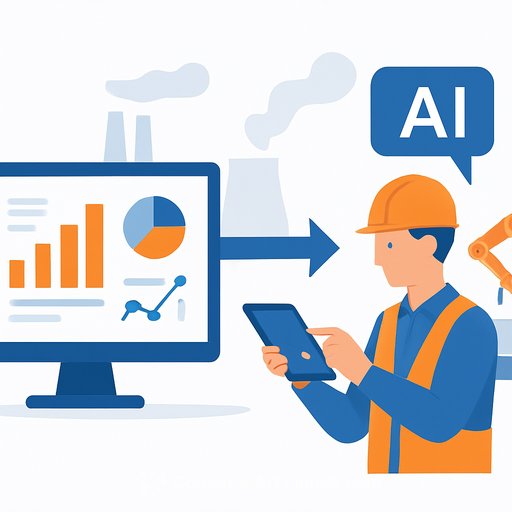Galaxy Digital Secures $460M to Accelerate Helios AI Data Center Build
Galaxy Digital is moving deeper into artificial intelligence infrastructure with a fresh $460 million private investment. The capital, priced at $36 per share, includes more than 9 million new shares issued by the company and 3.75 million shares sold by senior executives. Closing is expected around October 17, 2025, pending standard approvals, including the Toronto Stock Exchange.
This raise follows a $1.4 billion loan facility closed in August to finance development of the Helios campus in West Texas. Together, the funding stack gives Galaxy flexibility to scale an AI and high-performance computing site built on its former Bitcoin mining footprint.
Key Facts Ops Teams Should Note
- $460M equity investment via ~12.78M shares at $36/share.
- Use of proceeds: general corporate needs and acceleration of Helios build-out.
- Initial Helios capacity: 133 megawatts targeted in the first half of 2026.
- Financing backdrop: $1.4B loan secured in August to fund upgrades and expansion.
- Customer commitment: CoreWeave has committed to the full 800 megawatts allocated to Helios.
- Revenue outlook: Galaxy expects average annual revenue above $1B over a 15-year term with CoreWeave.
- Closing conditions: includes approval from the TSX.
Why This Matters for Operations
Crypto-native infrastructure is shifting to AI and HPC because the underlying assets-interconnects, substations, land, and cooling-translate well to compute-heavy workloads. For operations teams, this is a signal: large, committed offtake paired with long-duration financing is becoming the model for scaling AI capacity at speed.
Galaxy's approach-equity plus long-term debt, anchored by a single major customer-compresses risk on utilization and strengthens visibility on cash flows. Expect more conversions of former mining sites with similar playbooks.
Timeline and Dependencies to Watch
- Deal close: on or around Oct 17, 2025 (subject to closing steps).
- Site build: loan facility covers initial upgrades and expansion.
- First tranche: 133 MW targeted by H1 2026 for AI/HPC workloads.
- Dependencies: grid interconnect upgrades, transformers and switchgear lead times, cooling systems (including liquid options), and server/GPU availability.
Operational Considerations
- Energy strategy: secure long-duration supply and transmission capacity; plan for curtailment scenarios common in West Texas.
- Cooling design: model heat density per rack and choose cooling that matches target TCO and serviceability.
- Reliability: define uptime tiers early; align redundancy, maintenance windows, and incident playbooks with customer SLAs.
- Construction phasing: sequence electrical rooms, chillers, and network fabrics to bring partial capacity online while later phases build.
- Workforce: staff for 24/7 operations, facilities engineering, and AI cluster operations; build cross-functional runbooks.
Procurement and Supply Chain
- Long-lead items: high-capacity transformers, medium-voltage switchgear, backup generation, and thermal systems.
- Vendor diversification: dual-source critical components to reduce schedule risk.
- Logistics: plan oversized loads and site access for heavy equipment; lock in crane and rigging windows early.
- Integration: validate compatibility across PDUs, busways, racks, and cooling for high-density aisles.
Risk Areas to Monitor
- Regulatory and closing risk tied to exchange approvals and final transaction steps.
- Grid constraints and potential congestion pricing in the region.
- Thermal management challenges as density rises across phases.
- Equipment availability and shipping bottlenecks.
- Customer concentration risk with a single anchor tenant; ensure contractual protections and clear escalation paths.
Practical Next Steps for Ops Leaders
- Lock in capacity reservations aligned with 2026 availability windows.
- Define clear SLAs for latency, throughput, and uptime; match monitoring to SLOs.
- Pre-negotiate spares, service contracts, and failure replacement SLAs for critical gear.
- Run TCO scenarios comparing colocation, dedicated build, and hybrid models over 5-15 years.
Upskill Your Team
If you're planning AI/HPC build-outs or vendor evaluations, equip your team with focused training on AI operations and tooling. Explore role-based learning paths here: AI courses by job.
Disclaimer: This content is for information only and should not be considered investment advice.
Your membership also unlocks:






